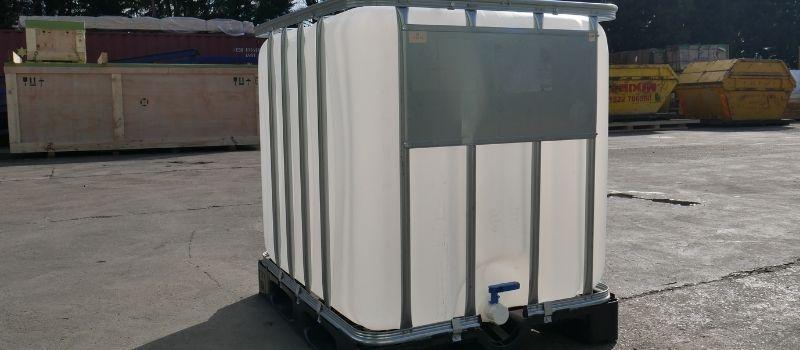You might work with a product every day but have no idea what the manufacturing process is or why they use a specific material to manufacture a product. If that is you, we are here to help you understand the different materials and what the reason for using them is.
Across our product range, certain materials are used more than others and there is always a good reason for this.
Let’s look at the most common materials, their benefits and where you will find them.
High-Density Polyethylene (HDPE)
This is a thermoplastic polymer made using petroleum. It is one of the most versatile plastics around and is perfect for several uses including piping, plastic bottles or cutting boards.
Benefits
- Easy mouldable - one of the main benefits is the fact it can be moulded into various shapes
- Strong - HDPE is a durable material that can withstand heavy-duty, daily use
- Corrosion-resistant - HDPE is resistant to rot which is often why it is used for underground piping. This also means the material is weather-resistant
- Easily recycled - HDPE can be recycled once the product is finished with
Common uses
- Piping
- Plastic bottles
- Food and drink containers
- Snowboards
- Plastic surgery - skeletal and facial reconstruction
Product examples
Medium-Density Polyethylene (MDPE)
MDPE is another type of plastic and is manufactured by combining characteristics of HDPE and low-density polyethylene (LDPE). It is one of the most used plastics in the UK.
Benefits
- Shock-resistant - made to handle shocks and drops which makes it suitable for liquid containers
- Durable - made to be long-lasting which is why it is used on children’s play equipment
- Low notch sensitivity - this means that a scratch, crack or notch will be unlikely to cause a serious fracture of the plastic
- Flexible - MDPE inherits the flexible nature of LDPE which is why it is so popular
Common uses
- Water butts
- Oil tanks
- Water piping
- Plumbing
- Squeezy bottles
Product examples
Glass Reinforced Plastic (GRP)
GRP is also known as fibreglass and is known for being strong, lightweight and versatile. It is made from strands of glass called fibres that are woven together to create a flexible fabric. As GRP is moulded, it needs to be placed in or around the shape of an item.
Benefits
- Easy to shape – GRP is easy to shape around a product it is being moulded to
- Anti-slip safety – Health and safety friendly as it can help prevent people from slipping when used on a product that is an alternative footpath
- Long-lasting – life expectancy of products made using GRP is generally quite long
- Won’t melt - GRP burns in a similar way to wood but won’t melt
Common uses
- Handrailings
- Anti-slip protection for retrofitting dry and wet flooring
- Water pipes and drain coverings
- Wind turbine blades
Product examples
Galvanised steel
Galvanised steel is steel that has been coated in a protective layer of zinc that helps prevent rust and corrosion. The longevity of galvanised steel makes it popular with a lot of products we sell.
Benefits
- Rust and corrosion-resistant - steel won’t show signs of rust or corrosion
- Low maintenance - the zinc coating protects the steel from damage, which means there will be less cleaning and maintaining the steel
- Longevity - the extra protection ensures a longer lifespan for the products that use galvanised steel
Common uses
- Solar projects
- Agriculture products
- Fencing
- Gutters
- Poles
- Phone wiring
Product examples
These are some of the most common materials you will find are used to make the products we sell. You will also find lots of products are manufactured using polypropylene and polyester which are also used because of their benefits to the product.
You can be assured that whatever material is used, the product will be guaranteed to work to the best of its abilities over an extended period.

